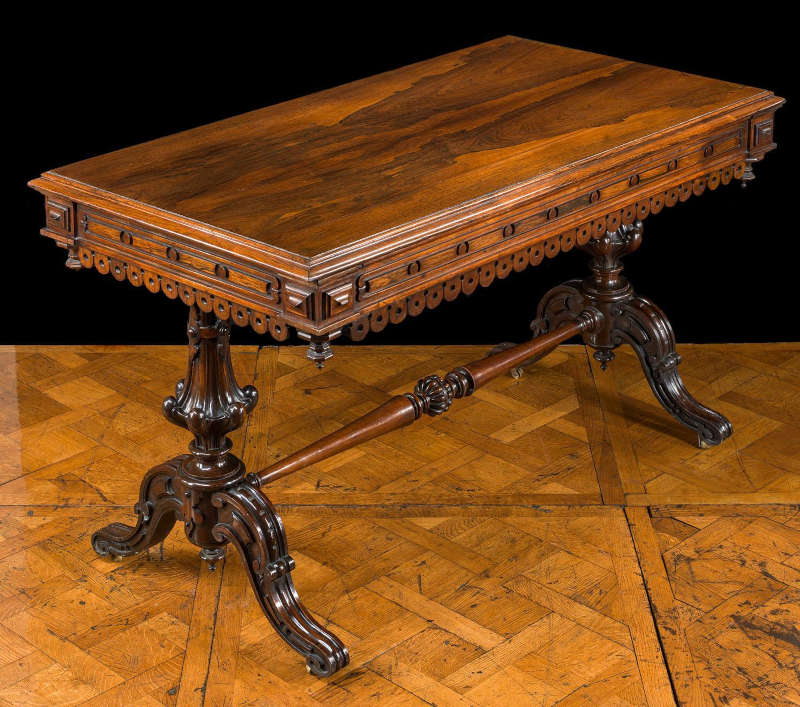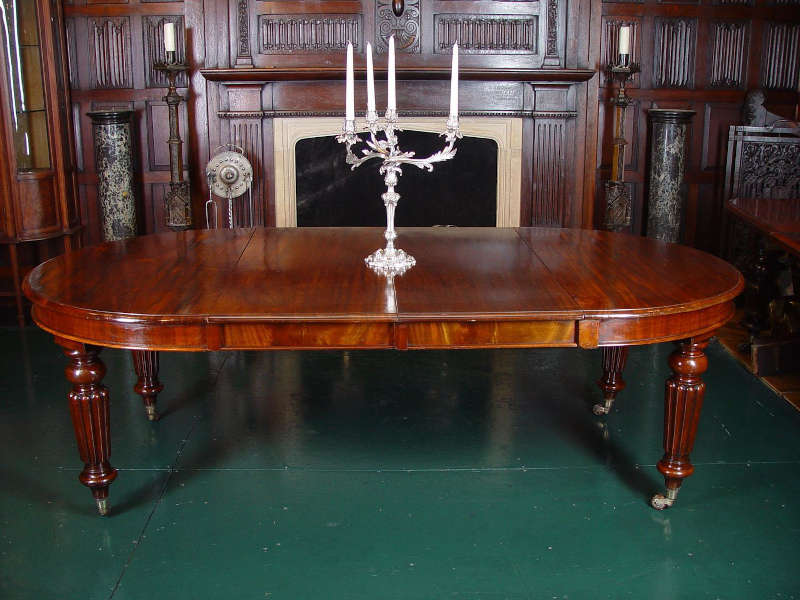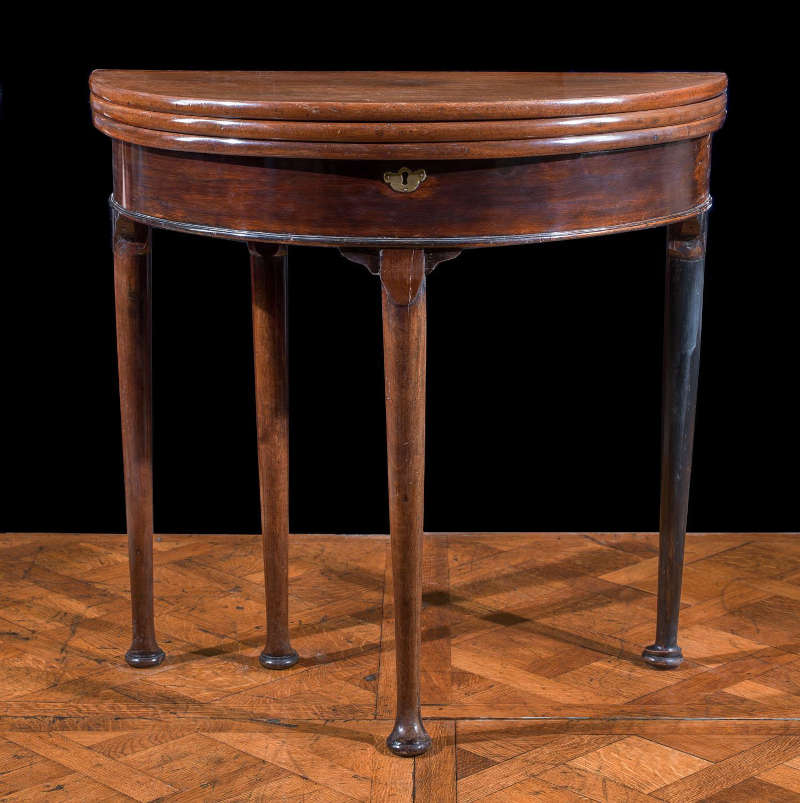If you’re able to identify antique table legs, then it’s pretty straightforward to work out the type of table and the era it originated from.
However, sometimes it’s not that easy to identify antique table legs. Many antique tables have distinct shapes and sizes, plus there are a few other tricks of the trade that are useful to know.
Below, we describe antique table types dating back to the Middle Ages! Read on to find out how to identify antique tables.

× 
How to identify antique tables - top tips
Look at the table closely to see if there are different types of wood
Antique tables were made differently compared to today’s ones. For example, it would have been rare to find enough wood with the same texture to make a single item of furniture.
Look at the table closely to see if there are different types of wood. The more variation you can see, the more likely it is to be an antique.
Search for more details online to identify the time period
Similarly, try to find any irregular dovetailing where two pieces of wood join - often a sign of hand-made craftsmanship, rather than mass-produced designs.
Also, inspect the underside of the table to see if there are any identifying marks or labels that reveal the manufacturer. Then search for more details online to identify the time period.
How to identify antique table legs
Some antique table legs are so distinctive, that they present the quickest opportunity to help you confirm the furniture’s type and era. Here’s how to identify antique table legs:
- Trestle tables: These have slanted legs which hold up ‘T’ or ‘V’ shaped wooden trestles. The tables themselves are long, rectangular and from as long ago as the Middle Ages.
- Gate-leg / butterfly tables: Pivoted leg supports swing open like a gate to support the table’s extensions. Butterfly tables’ extensions are wing-shaped. They date back to the 17th century.
- ‘Piecrust’ tables: These usually have three legs. Dating from the 18th century, the table’s crimped edges are said to resemble pie crusts.
- Cricket tables: Another table with three legs, there is a second tier beneath the tabletop extending between all of the legs. They were created in the 16th century but more widely used in the 19th century.

× 
We recently wrote a comprehensive guide to find out more about how to date antique furniture by their feet. For example, did you know that late 17th century Jacobean sideboard tables often have turnip ball feet?
How to identify antique tables by shape and size
Aside from studying the legs, there are other ways to find out which kind of table you’re looking at:
- Kang tables: From the 1300s, these are long and low tables, originally used during the Ming dynasty in China for sleeping or relaxing on. Today they are more likely to be used as low drinks tables.
- Hutch / chair tables: Dating back to the Middle Ages, the base often has a storage drawer or ‘hutch’. The tables also fold up to form a seat.
- Console / pier tables: These have a side placed up against a wall, while the other side you see is often more decorative.
- Guéridon tables: Also widely-used in the 17th century were these small French tables - usually round and found in pairs, typically used as candle stands.
- Pembroke tables: Similar in style to a gate-leg table, with folding side leaves, they are small and easy to move. They date from the 18th century.

× 
- Demilune tables: Staying with the 18th century, this table name means ‘half-moon’ in French and the shape is semi-circular. Alternatively, one side may hang flat against the wall, so that the visible part of the table looks semi-circular.
- Butler tables: The shape is a tray on top of a folding stand, with the table originating in the 18th century too.
Final thoughts: how to identify antique tables and table legs
In short, start by inspecting the wood carefully to verify that it is an antique - then, try to identify the antique table legs. After that, study its shape and size.
There are other types of tables too - they may have different names to those used above. If you still haven’t worked out how to identify some antique tables from the above descriptions, then look online to see if it could be a tea, pedestal, drum, tilt, farmhouse or trumpet table!
For any further queries about how to identify antique tables, or to enquire about our range of antiques, please don’t hesitate to contact us.